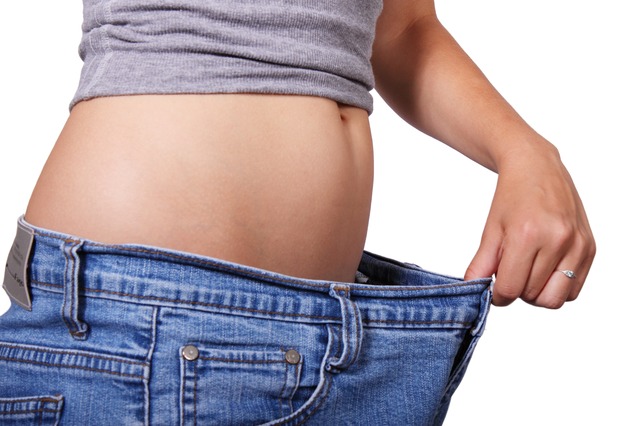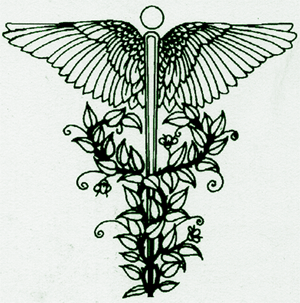Our Paleolithic ancestor’s genes grew up with the world, when we were dependent on what we could hunt or gather for food. At that time there wasn’t growing or shipping of food. They relied on animals, roots, leaves and during one season of the year fruit and vegetables developed from the blossoms of plants. These blossoming fruit and vegetables became ripe and therefore sweet with sugar during the season before it got cold and plant growth and animal populations diminished, thus depleting the food chain. How long the cold season lasted and thus how the depleted food chain became determined the survival of not just individual Paleoliths but also the species as a whole. For this reason, Paleoliths whose metabolism could convert this rich source of sugar into a storage form of energy had the greatest chance for survival during the cold season.
So, what would the characteristics of these Paleolithic winter survivors be that gave rise to modern men & women? First, they would need a way to easily detect sweet food. They would also need a strong drive (craving) to eat it in the brief time it was available. And they would have the ability to convert any extra sugar (not fulfilling immediate energy needs) to fat for storage. This would insulate them against the cold and provide a constant energy source when the food chain was lean or even temporarily non-existent.
Our current genetic makeup is surprisingly similar to our Paleolithic ancestors, meaning our bodies still work just like theirs did. Taste buds for sweet are located on the front of our tongues, just as theirs would have been making it easy to lick potential food to identify sweet foods for survival purposes. As for a strong drive to eat sweet, studies show that if you do a functional MRI (fMRI) on a person and give them cocaine, their addiction center in their brain lights up. If you give a person sugar and do an fMRI, their addiction center lights up the same or more as the person on cocaine. That’s right; sugar is more addictive than cocaine. And so our Paleolithic ancestors also would have been – for survival purposes – addicted to sweets.
And, finally looking at the ability to convert sugar to fat and store fat, we look at 2 fat producing mechanisms in modern humans. First, Insulin is a hormone that is secreted by the pancreas in response to glucose. Glucose is found in many sugars and sweeteners and is what starch is made of. Insulin forces glucose into muscle and other cells for energy but excess glucose is sent to the liver to be converted to fat. Insulin then forces fat into fat cells and prevents it from leaving fat cells to be burned. So Paleoliths would not burn fat as long as sugary and starchy foods were available keeping the fat stores in place for winter. Secondly, fructose (the sugar found in fruit) though it doesn’t stimulate insulin, it increases the enzymes in the liver that makes fat from both fructose and glucose. Both of these mechanisms improved the survival of our Paleolithic ancestors when sweet foods were available just before the cold season.
But even though we have the same genetic makeup and metabolism that are wired for survival, we no longer live in the same conditions. We now have extra sugar (high-fructose corn syrup and others) added to many of our foods, except for whole foods. Fruit is available year round, not just before the cold season. Food is always plentiful; there is no “lean” season. Processed carbs, which are mostly starch (glucose molecules strung together), is quickly digested to sugar (glucose) in our mouths. We have a food industry that is preying on our sugar addiction. Just recently we learned that Sugar Lobbyists paid Harvard researchers (years ago) to make sugar “look healthy”. The list could go on and on.
It is interesting that we still increase our intake of food, especially sweets in the fall (holiday time). This is tradition based on the celebration of food & sweet bounty that while great to celebrate may not be healthy for many. It is also interesting that during the winter months the burning of fat (weight loss) is the national obsession – the number 1 New Year’s resolution – also an attempt to replicate our Paleolithic ancestor’s behavior.
Importantly, fat does not stimulate insulin, so eating fat does not make you fat unless you eat it with sugar or with or in processed carbs. This is a very important distinction, and one we have used at St. Petersburg Health & Wellness to design our Live Well Weight Management Program that can help you control your insulin and thus your weight and health. You can choose from several different eating styles and even rotate them, which increases the variety and makes it easier to incorporate into your lifestyle. Our program also includes oral supplementation and metabolism-boosting injections. And to round it out an exercise program to build muscle, increase testosterone and growth hormone, and turn on over 400 healthy genes. This is not your typical weight loss program because it is designed as a lifestyle.
Call us at 727-202-6807 to schedule your program and reserve a spot for our Free Seminar: Live Well Weight Management – “Your Weigh to Wellness”.




0 Comments